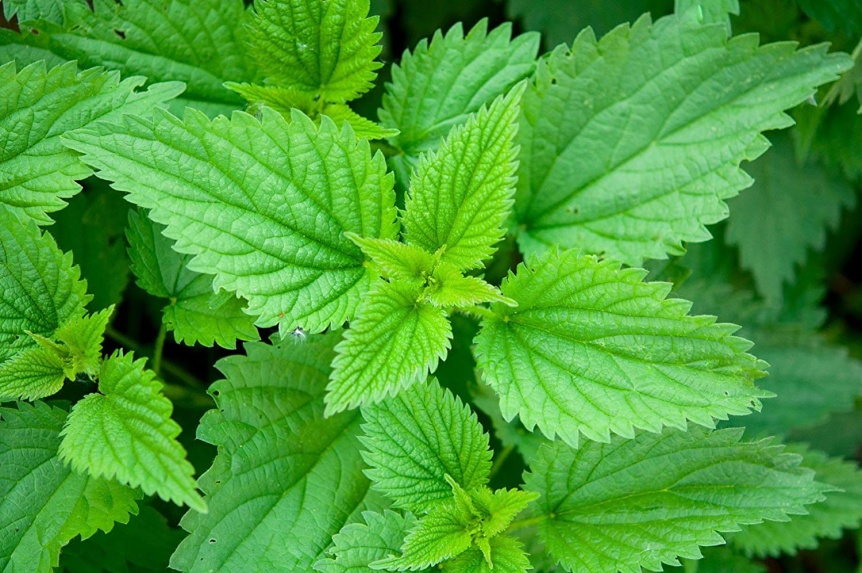 Stinging Nettle Fact Sheet Stinging Nettle Fact Sheet
Stinging Nettle originated in the colder regions of Asia and Europe but now grows all over the world.
The plant typically grows between 2-4 feet in height and blooms from June to September with heart-shaped leaves, pink or yellow flowers and thrives best in nitrogen-rich soils.
Health Benefits
Detoxification – helps cleanse the body of harmful toxins.
Diuretic – neutralizes toxins in the body so that they can be quickly eliminated.
Improves Gut Nutrient Uptake – ensures that digestive processes operate smoothly.
Stimulates Lymphatic System – strengthens the structures that absorb fluids which are diffused from blood vessel capillaries into surrounding tissues.
Improves Symptoms of Anemia – by improving the quality of red blood cells in the body.
Hair, Skin, Nails – improves the layer of living tissue below the epidermis which forms skin, blood capillaries, nerve endings, sweat glands, hair follicles, and other structures.
Rich in Vitamins – A, C, D, K plus complex B vitamins with high levels of amino acids.
Rich in Minerals – iron, potassium, manganese, calcium, magnesium, phosphorous, silica, iodine, silicon, sodium and sulfur.
Reduces Pain of Arthritis – old farmers remedy – pick fresh nettle leaves and rub into hands or where ever arthritic pain is troublesome. The sting from the nettles will reduce pain in joints.
How to Eat, Cook, Prepare
- Eat Raw,
- Cook like Spinach or Kale - Use in Salads, Stews, Casseroles, Quiche....
- Juice, Blend, Add to Smoothies
- Make into a Cold or Hot Tea,
- Freeze or Dry for use during winter months
Most powerful source of iron and protein than
any other vegetable or plant food.
|